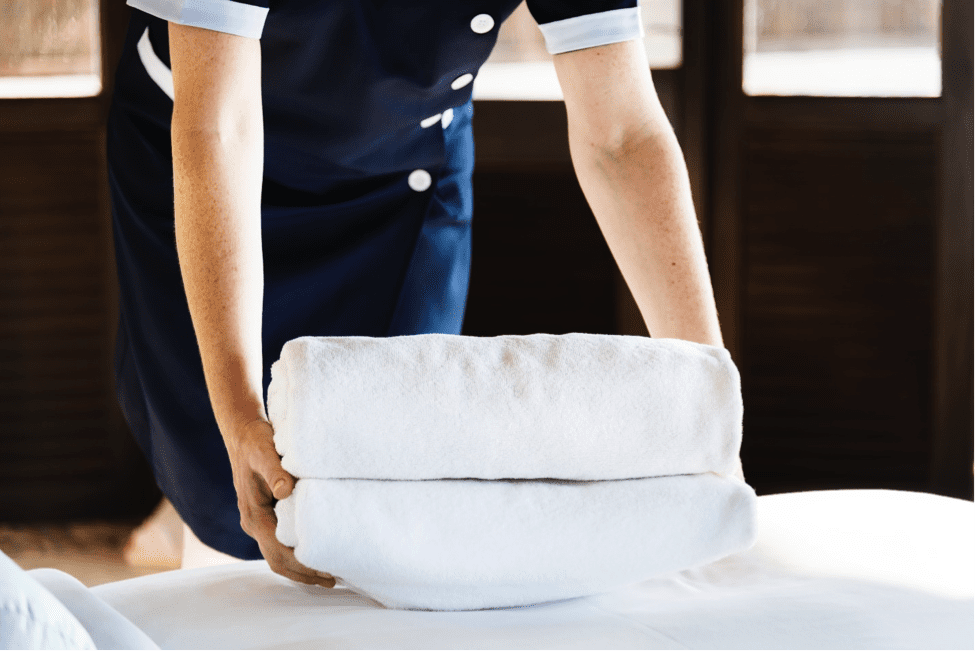This is a guest blog by Melisa Marzett. Melisa reached out to me via email wanting to contribute to the Boostly Blog. She is working for online cv helper at the moment and is looking to expand her portfolio. I asked her to put together something for the Boostly Community and she did not disappoint. In her article, she talks about hotel marketing strategies to gain more bookings.
The significance of tourism
Tourism plays an increasingly important role in the British national economy. Now about six million foreign tourists come to England every year. By 1975, they expected to increase this figure to ten million. This implies the need for the rapid construction of hotels and the development of hotel buildings of a new type. “I feel more like a host, receiving guests, than a manager of a commercial enterprise.” In these words, the director of a hotel expressed the main thing that distinguishes a good hotel from a bad one, in whatever country it is located. Besides comfort and hospitality, every visitor must first be sure that he will find where to stay.
Only in the 1960s in England began to accelerate the construction of new hotels. Previously, England built only a little. They have gradually reduced the total number of hotel rooms as they demolish or convert old hotels into furnished apartments. By 1967, however, new hotels began to appear in most major provincial cities. London already built such luxurious giants as Hilton, Royal Garden and Royal Lancaster.
More hotel businesses came up to London
Since then, businesses started to build or start several dozens of new hotels and motels in different parts of the country. Among them are very impressive buildings. For example, the 23-storey building on the English Channel in Dover and the Glasgow Airport Hotel is the first British hotel directly connected to the air terminal. Passengers are under the roof from the moment they enter the building airport terminal. Businesses planned to build nearly 300 hotels by 1975.
These figures do not include London, where they conduct the construction of hotels more intensively than in any period in the last hundred years. It is estimated that approximately 80% of all visitors from abroad spend some time in the capital. In the next four years, at least 20,000 more hotel rooms will be required in central London. Among the fifteen hotels built here in 1970 are the luxurious new Barkley on Knightsbridge (the old hotel of the same name was on Piccadilly) and Sherlock Holmes, located, as one would expect, on Baker Street. Another 140 hotels are in the design or construction stage.

The rise of the hotel industry
In other parts of the UK, the construction of hotels is concentrated mainly in large shopping and business centres. In resort areas, for example, in Cornwall, Devon, Lake District and other places on the seashore, the existing hotel chain is still able to cope with the influx of tourists during vacation periods.
The striking difference between traditional resort hotels and new hotels in large cities reflects modern requirements for the growth of international tourism and business travel, as every year more and more people employed in commerce and industry visit other cities, countries and even continents. Certain minimum amenities, which not so long ago could only be found in the best hotels, are now considered necessary. These include a private bathroom, in-room telephone, central heating and soundproof windows.
British organisations of motorists
It is characteristic that the two British organizations of motorists, the Automobile Association and the Royal Automobile Club have announced that starting in 1976, they will assign “five stars” (the highest category of hotels) only to those hotels in which each room has a separate bathroom. This is an exception in those rare cases where structural considerations, it is impossible. For hotels approved by these two organizations are classified by the “star” system. Classification from one to five “stars” – depends not on how the administration copes with its task, but on the category of the hotel – from simple hotels to the luxury category.
All hotels are required: a good kitchen, a restaurant, staff and prices that strictly correspond to the proposed facilities. The number of “stars” determine the quality of individual rooms, the variety of amenities and the hours at which you can use them, the choice of dishes, and the level of personal service. Staying overnight in a one-star hotel costs about GBP 2 and in a five-star hotel, there are more than GBP 10.
No less significant is the fact that only such 5-star hotels will be required to have a common living room. This is designed exclusively for people living in a hotel. There is a tendency to reduce the space allotted for public premises (this, of course, does not apply to hotels specially built for business conferences, meetings, etc.). The reason for this move is to standardise rooms, furniture and design and to rationalise personal service in order to minimise costs.

Personalised needs as a hotel marketing strategy
Such an approach, at first glance, may seem utilitarian. However, it allows you to pay more attention to individual needs. Business people expect that even in a very small room there is a table on which you can put a typewriter. Women want a satisfactory source of lighting and a place to put bottles and jars of cosmetics over the vanity table. Prudent administration of the hotel will ensure that the surfaces of the dressing tables have a coating resistant to contamination. A hotel designed for meetings and important conferences should have attractive rooms and facilities for meetings, banquets, etc. Travelling parents will be happy if the hotel also has a playroom for children.
Oddly enough, the more impersonal and monotonous the overall organization of the hotel, the more attention is paid to the personal needs and amenities of guests. For example, the Humber Royal Hotel in Grimsby, in addition to standard amenities such as radio and central heating, has electric blankets in each room. The hotel Holiday Inn in Liverpool will have a number of rooms specially adapted for people with disabilities. (However, there are other hotels that are designed to meet specific needs, for example for the elderly, people with poor health and disabled people; there are also hotels for children, etc.)
The process of reservation
Well, how about getting a quick number when you need one? Although some large hotel associations have a centralized room reservation system, the quickest and unmistakable solution to the problem is the use of electronic computing technology. It is enough to call and tell where, when and what number you need. In a few minutes, they will call you with an answer and either confirm the order of the room or offer you an alternative opportunity.
Moreover, such an order is completely reliable and you can order a number for any time in advance. From the point of view of the hotel administration, such a system is also advantageous. It eliminates the possibility of clerical errors. Thanks to the computer's efficiency, it is possible to use more efficiently the places unexpectedly vacated by the cancellation of orders. The company International Reserve Limited, that the State Administration of the Coal Industry established, uses the computers of this management for its own purposes at low costs. The machines are not loaded to the limit of their computing power. Ultimately, they planned to form a national room reservation system, which covers about 3,500 of the largest hotels in the UK.

Approach on interior decoration and styling
Businesses have not fully developed the planning and construction of new hotels as part of a hotel marketing strategy. For example, is it not advisable to place the kitchen on the top floor? After all, it would prevent the spread of odours from the kitchen on the floors with rooms and where better to place a restaurant – under the kitchen or above it? Planners still have not agreed on this.
The same goes for the interior decoration and interior layout. Soon after the war, the so-called Scandinavian design style, often incorporating works of modern art, became very popular. They designed the style for a highly aesthetic effect, practicality and elegance. But for some, it seemed too “hospital” – cold and uncomfortable. Sometimes the armchairs in the hotel’s living room seemed simply uncomfortable to a person who does not understand the aesthetic qualities of the furniture.
Now the approach for this hotel marketing strategy is changing. This does not mean a return to the overly lush furniture of the beginning of this century. An attempt is being made to find a good compromise between clear lines and comfort. Some hotels deliberately use a combination of modern and traditional furniture, with great attention being paid to the colour scheme.
How to reduce construction costs
In order to save the land and reduce construction costs, designers try to spend as little space as possible on unnecessary corridors and stairs. However, the savings on materials may be too conspicuous. The railing of cast-iron rods, even if they are masked with plastic, will be strange and unnatural in appearance and touch. In such cases, new materials are not able to compete with old ones, which are now becoming popular again. The exception is stainless steel, combining decorative with functionality. The architect of the Royal Trafalgar Hotel in London used these qualities in the design of the lobby.

Improving on technology
Fibreglass became a part of a hotel's marketing strategy as well. It is an extremely valuable material. Whole bathrooms are made of it, which arrive at the construction site in a completely finished set. Standard bathrooms weigh less than 500 kg and cost about GBP 300 each. Since many short-term hotel visitors tend not to unpack their bags completely, the need for bulky closets and dressers gradually disappears. They made the new built-in furniture with white wood or laminate, supplied it with recessed handles, interior decoration of laminates and adjustable shelves. Elements of built-in furniture are available in a very large assortment. They are supplied unassembled and any service personnel can easily assemble it. When required new elements are added to existing elements.
Businesses have equipped most of their new hotels with air conditioning systems with individual temperature controllers in each room. (The same applies to public premises.) In all rooms, besides the telephone, they have installed televisions, sometimes coloured. They also connected loudspeakers to the hotel’s internal network, through which they transmitted the light music. Anybody can quickly call a hotel service employee using a system consisting of an induction loop that covers the entire building and individual pocket-sized radios. They also can broadcast and record important instructions on the main service points.
London International
A good example of a new type of hotel that used this marketing strategy is London International. They are located opposite the Kensington airport terminal. It is a complex of four interconnected buildings. They will be able to complete the last one this year. The buildings rest on a huge reinforced concrete foundation. They erected it on stilts 21 meters high above several subway lines extending into a groove. The complex has 430 rooms, a restaurant, a bar, a cafe, a conference room.
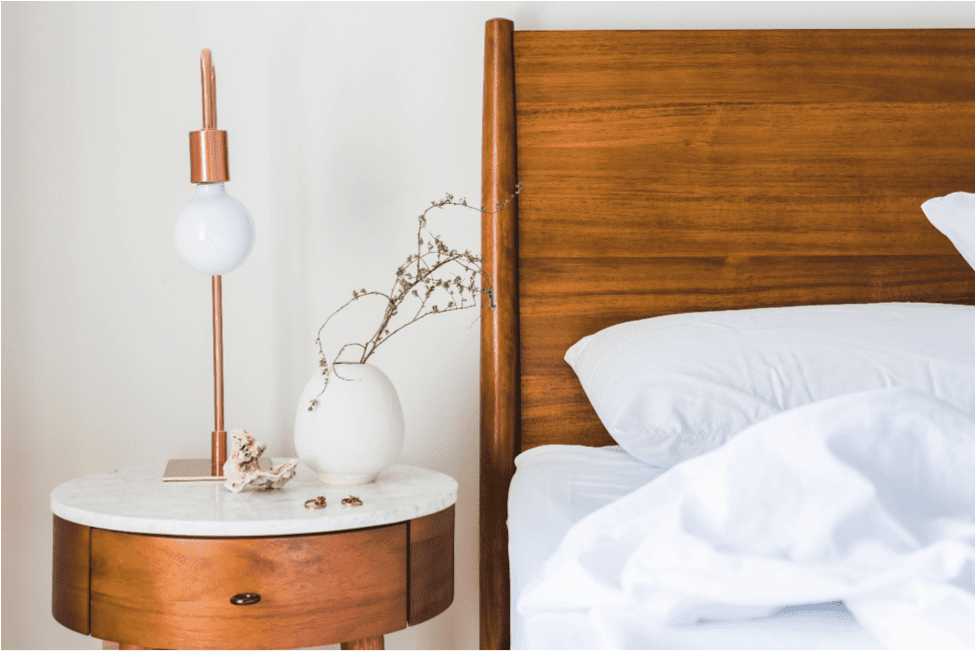
The furniture is very effective – orange leather armchairs with black decoration, black dressers with brass corners, similar to hiking military chests. Each room has its own bathroom with bathtub, TV and double-glazed windows for better sound insulation. They built the radio into the head panel of the bed, where the wake-up device is also located. They set it at the right time. This acts much better than an ordinary alarm clock. They placed on the same panel an electronic alarm device, which allows the house cleaner to simultaneously notify the administrator and the housekeeper. On each floor, there is a special kitchen for instant cooking and serving morning breakfasts to the rooms.
The rise of motels
Now about the hotels intended for motorists. Just ten years ago, there was almost no motel in England. Today there are about 150 of them and businesses expect that by 1976 their number will at least triple. Trust House, the largest privately owned hotel owner, occupies the leading place in the construction of the motels. The Trust House has begun to build motels in 1962. Now it has about ten functioning “post-houses” or“inns”. So they have decided to christen the motels belonging to the union, according to the old name. The union plans to bring the total figure to fifty over the next 5 years as part of their marketing strategy.
The Automobile Association gives the following definition of the term “motel”. “Businesses designed hotels on highways, for motorists. The basic features correspond to the general classification of hotels. These are intended mainly for an overnight stay. Following the American pattern, a typical motel consists of a central administrative building with bars, restaurants, etc. and from separate residential buildings located around the central building. They also have a parking space for each individual room. ”
The rapid growth of cars
It is clear that the rapid growth of private ownership of cars contributed to the construction of the motels. When they opened the first motel in Kent in 1952, there were only two and a half million-passenger cars in England. By 1960, there were already five and a half million, and at the end of last year, their number was about thirteen million. According to the calculations of the Road Research Laboratory, by 1975 there will be about 17 million cars on the roads of England.
According to the owners of the motels, all these millions of citizens who have won the freedom of movement need not so much the traditional forms of hotel service, as in the rooms with an increased level of equipment and comfort. In the ideal case, each double room, worth four with small money. For the night, one must have a separate bathroom, radio, TV, telephone, device for intercom and auditory monitoring of infants, an electric coffee pot.
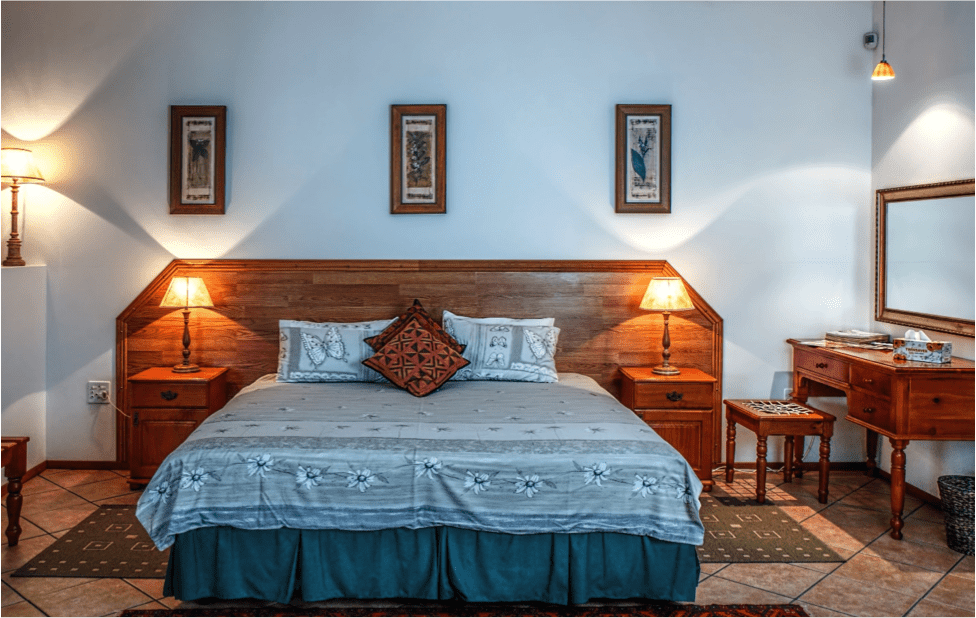
Food services on hotels
Founded three years ago, the British Motels Federation first developed quite modest minimum regulatory requirements. This included asphalt access roads and parking, and some means for preparing hot drinks at any time of the day (hence, tea machines and electric coffee in all rooms). Now – not for the first time – these requirements are rising. “Our goal for the next ten years is to have a restaurant or cafe open from seven in the morning to eleven in the evening. We believe that everyone who comes to the motel during these hours should be able to get a hot meal or snack. ”
Hotels and catering services are collectively one of the largest employers in the UK, and labour is the most expensive item in each hotel’s expenses. As a result, they had to abolish and mechanise some forms of service. For example, machines often clean shoes now and not by a person. Another very valuable technical tool is the new cash desk. This registers all bills under eight different headings, such as room charges, the food at a restaurant, telephone charges, etc.
However, the biggest downsizing is in the kitchen. Many hotels have switched to pre-cooked food. The advantages are obvious. You do not need to allocate a significant area for cooking or many machines and appliances. You can reduce the number of employees in the kitchen. Another way to save is a limited choice of dishes. The more you make the menu, the less food that you will waste. If they fry most of the dishes on the grill, then you can do without particularly numerous or highly qualified staff. They can reduce the volume of work on the preliminary preparation of meat and vegetables by buying meat prepacked for the required portions, and pre-peel the vegetables. Thus, the calculator more accurately calculates the cost of a meat dish, since it does not need to reckon with the possibility of excessively fat half-carcasses or their improper cutting.
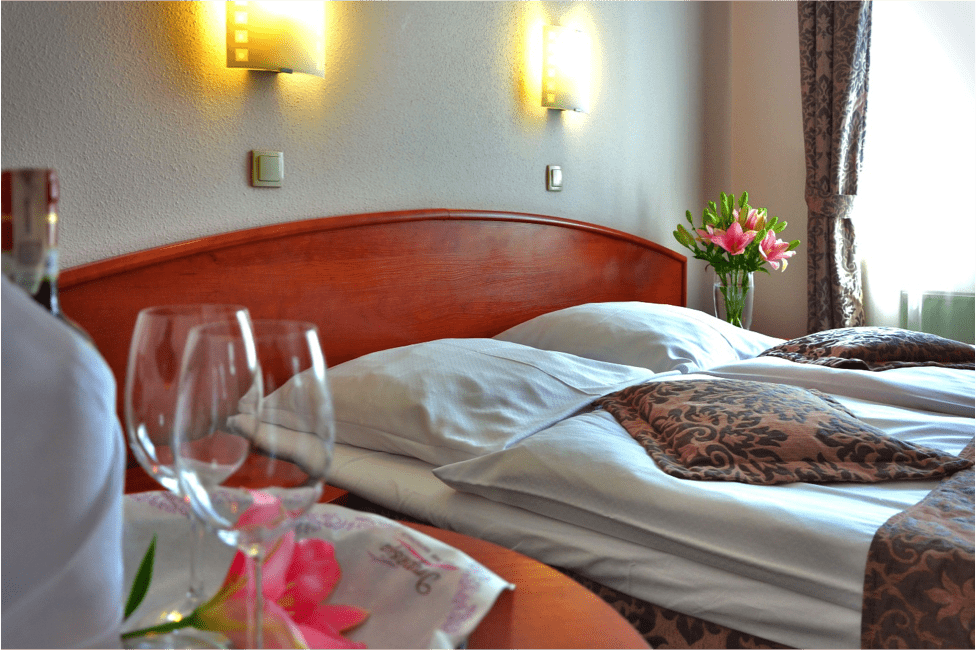
Technology on foodservice
Today's restaurant director must re-examine and revise the entire process of cooking as part of their hotel marketing. Over the next ten years, he may refuse an ordinary kitchen and replace it with a small-sized installation for heating ready meals just before their release in convection ovens with a stream of hot air. He has to keep up with the automation innovations. A potato fryer recently appeared which automatically removes potatoes from the oil when it is ready. They had firmly established the oven with automatic switching off (or on), which clockwork sets.
However, without which we cannot do – so it is without a refrigerator. Now there is one model on sale, which occupies only 0.6 m2 of the floor, with a height of about 2.25 l /. But this refrigerator holds 350 kg of products. Another essential device is garbage and waste chopper. One new model copes with garbage of any kind, including even metal.
Resourceful businesses
At the service of the visitor at any time, a bar-machine lets out twelve different drinks, as well as ice cream and snacks with a simple button press. They registered in the hotel office all items that they released electronically. They installed fifty such machines in one motel. Little by little, the storerooms of bedclothes disappear in hotels. Many administrators now prefer to rent towels, table and bed linen for hire from specialist companies. This saves on washing and mending.
Not so long ago, in England, they released the first down comforters, long common in continental Europe. These have a special tongue and they fasten it under the mattress at the feet of the sleeper. At least one hotel immediately replaced the usual woollen ones with such blankets, hoping to save money and time on bed refuelling, washing and mending. Another tempting new idea is to clean carpets and curtains in place. The administrator calls specialists who work carpets and curtains with foam and subject them to antistatic finishing. They dry out completely after a few hours.
A resourceful administration can solve the problem of during the recession periods and empty rooms in the winter season. Hotels that are full on weekdays but empty on weekends offer special rates to anyone staying at the weekend. An example is the Hotel Swallow in Newcastle upon Tyne, offering a discount of more than 50% per room.
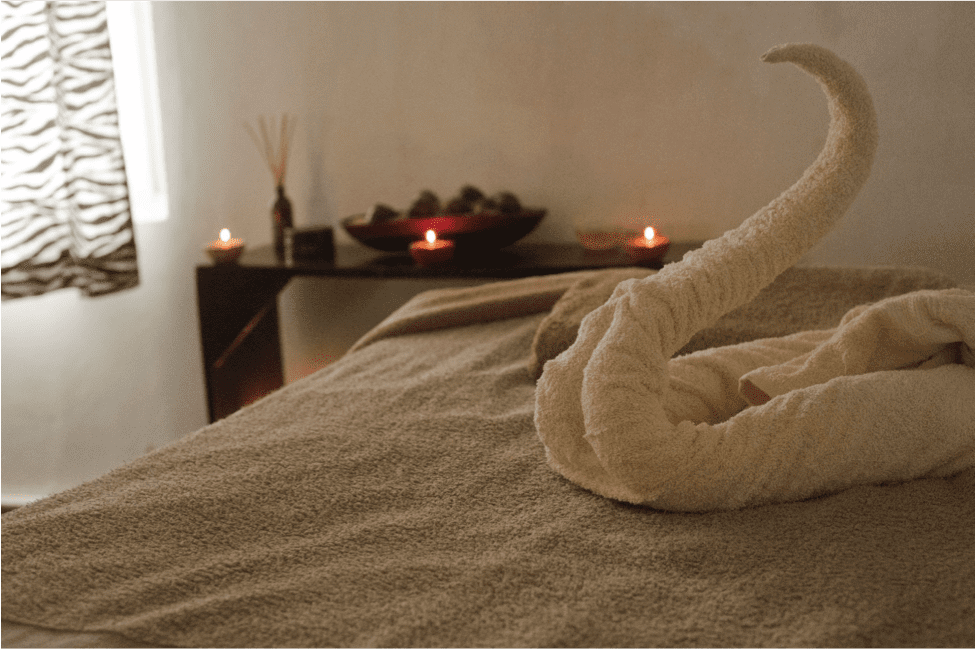
Attract international conferences
Another hotel marketing technique is to attract international conferences. These prospect English hotels became seriously interested only five years ago. Probably about 200 thousand foreign visitors come to the country every year to participate in various conferences. The British Tourism Authority has released a handbook that lists 57 English cities that are suitable for conferences. These provide information about hotels and other facilities in these cities. The directory also contains a list of 1,400 English organizations that organize conferences.
If the hotel knows how to deal with its guests, it is most likely that the person will return. These persons even came to the conference from Southampton, Soissons, or São Paulo,

